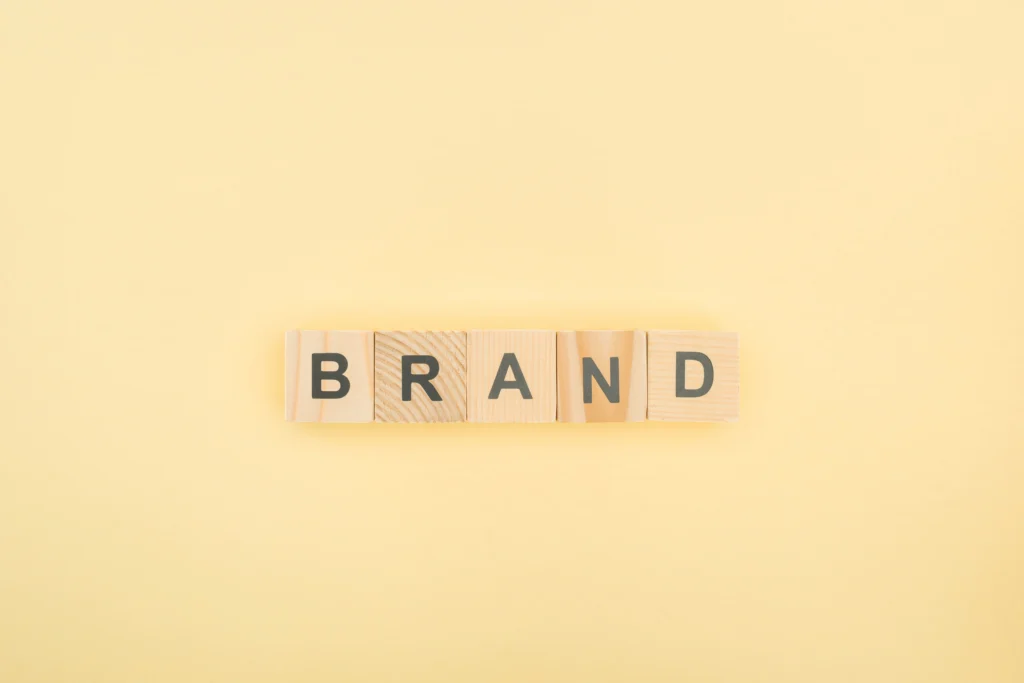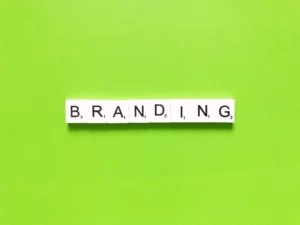
In the world of branding and design, typography plays a crucial role in conveying a brand’s personality and values. Among the various font styles available, rounded fonts have emerged as a popular choice for brands aiming to project a friendly, approachable, and modern image. This article delves into the reasons behind the popularity of rounded fonts, their psychological impact, and how they can be effectively used to create a compelling brand identity.
Rounded fonts are characterized by their soft, curved edges, which contrast sharply with the sharp, angular lines of more traditional typefaces. This subtle difference in design can have a profound impact on how a brand is perceived by its audience.
Rounded fonts are often associated with warmth, friendliness, and approachability. The soft curves evoke a sense of comfort and ease, making them ideal for brands that want to create a welcoming and inclusive atmosphere. For example, brands like Airbnb and Spotify use rounded fonts to convey a sense of community and accessibility.
The rounded edges of these fonts can also evoke a sense of trust and reliability. The absence of sharp angles makes the text appear less aggressive and more harmonious, which can help build a positive emotional connection with the audience. Brands like Google and Samsung have successfully used rounded fonts to enhance their credibility and appeal.
Rounded fonts are often seen as modern and innovative, making them a popular choice for tech companies and startups. The sleek, contemporary design of these fonts can help a brand stand out in a crowded market and convey a forward-thinking attitude. Companies like Slack and Asana have leveraged rounded fonts to project a cutting-edge image.
To better understand the impact of rounded fonts, let’s look at some real-world examples of brands that have successfully incorporated them into their branding.

Selecting the right rounded font for your brand involves more than just picking a typeface that looks good. Here are some key considerations to keep in mind:
Consider your brand’s personality and values. Are you aiming for a friendly, approachable image, or do you want to convey innovation and modernity? The right rounded font should align with your brand’s core identity.
While rounded fonts can be visually appealing, it’s important to ensure that they are also readable, especially in smaller sizes or on different devices. Test the font in various contexts to ensure it maintains its clarity and legibility.
Choose a rounded font that is versatile and can be used across different mediums, from print to digital. A font that works well in both large and small sizes, as well as in different colors and backgrounds, will provide more flexibility in your branding efforts.
While it’s tempting to go with a popular rounded font, consider opting for a custom or less commonly used typeface to make your brand stand out. A unique font can help differentiate your brand from competitors and create a memorable impression.
To maximize the impact of rounded fonts in your branding, follow these best practices:
Rounded fonts offer a unique blend of warmth, approachability, and modernity, making them an excellent choice for brands looking to create a friendly and inclusive image. By understanding the psychological impact of these fonts and following best practices for their use, brands can effectively leverage rounded fonts to enhance their identity and connect with their audience on a deeper level.
Whether you’re a startup looking to make a bold statement or an established brand aiming to refresh your image, rounded fonts can provide the perfect typographic solution. By carefully selecting the right font and using it consistently across all your branding efforts, you can create a cohesive and compelling brand identity that resonates with your target audience.
Q: Can rounded fonts be used for formal brands?
A: While rounded fonts are often associated with friendly and approachable brands, they can also be used in more formal contexts when paired with the right design elements. For example, a rounded serif font can convey a sense of elegance and sophistication.
Q: Are rounded fonts suitable for body text?
A: Rounded fonts can be used for body text, but it’s important to ensure they are highly readable. Opt for rounded fonts with clear, distinct letterforms and avoid using them in very small sizes.
Q: How do I know if a rounded font is right for my brand?
A: Consider your brand’s personality, values, and target audience. If you want to convey warmth, approachability, and modernity, a rounded font may be a good fit. Test different fonts and gather feedback to make an informed decision.
Q: Can I use multiple rounded fonts in my branding?
A: While it’s possible to use multiple rounded fonts, it’s important to maintain consistency and ensure they complement each other. Stick to a cohesive typographic hierarchy to avoid a cluttered and inconsistent design.
Q: Where can I find high-quality rounded fonts?
A: There are many resources for finding high-quality rounded fonts, including Google Fonts, Adobe Fonts, and independent foundries. Look for fonts that offer a range of weights and styles for greater versatility.